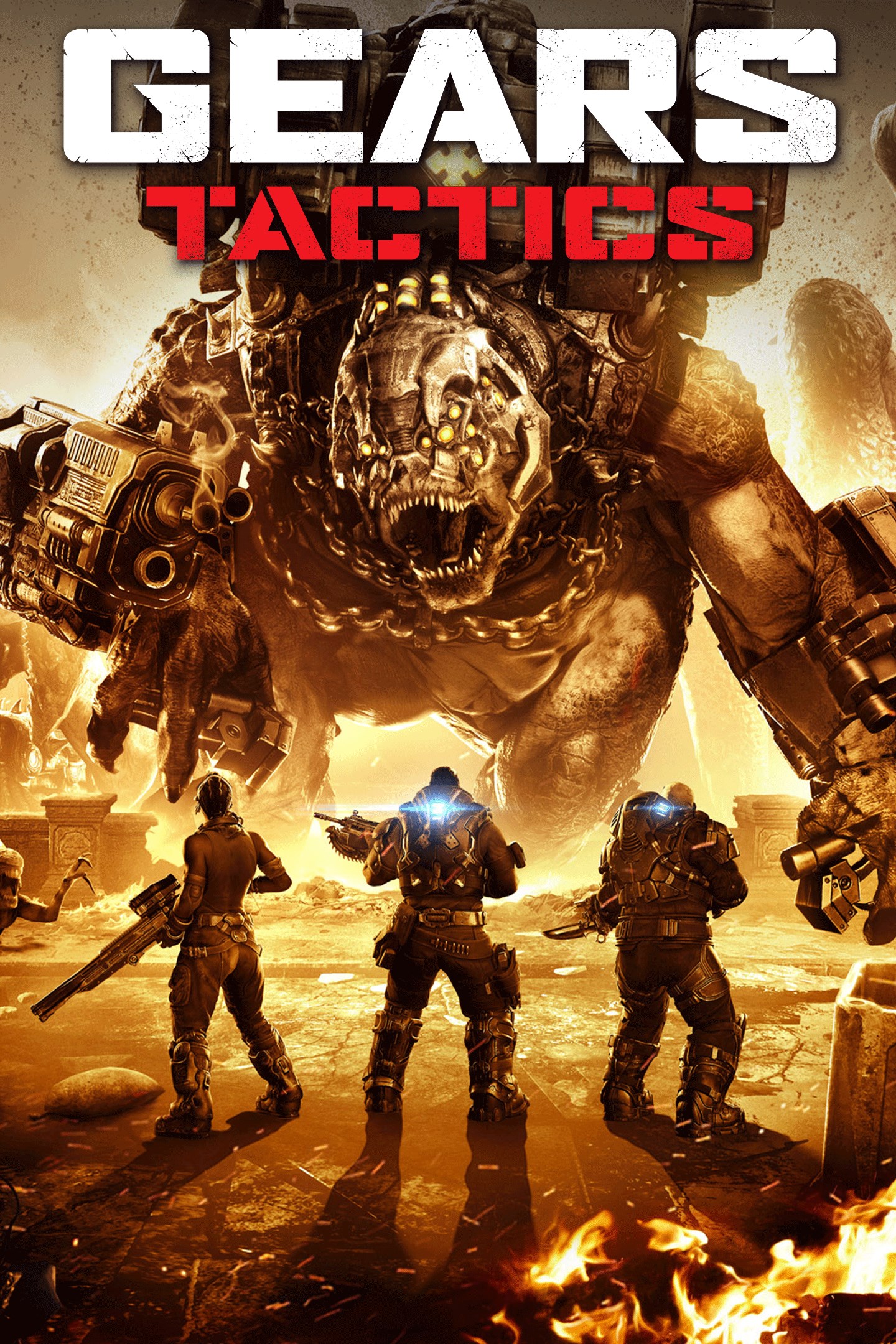Why Its Combat System Is Perfectly Balanced
Introduction
A well-balanced combat system is the backbone of any engaging game, ensuring fair play, strategic depth, and long-term player satisfaction. Whether in competitive multiplayer titles or single-player RPGs, balance determines whether mechanics feel rewarding or frustrating. This article explores the key elements that contribute to a perfectly balanced combat system, analyzing factors such as skill-based mechanics, risk-reward dynamics, character/weapon diversity, and adaptive difficulty.
1. Skill-Based Mechanics Over Randomness
A balanced combat system prioritizes player skill over luck or overpowered abilities. Games like Dark Souls and Street Fighter exemplify this by rewarding precise timing, positioning, and decision-making rather than relying on random critical hits or unbalanced power-ups.
Key Aspects:
- Predictable Hitboxes & Hurtboxes – Attacks should have clear animations and hit detection to avoid unfair advantages.
- Consistent Damage Scaling – Stronger attacks should come with higher risks (e.g., slow recovery frames).
- No Overpowered "I-Win" Buttons – Abilities that guarantee victory without counterplay disrupt balance.
By emphasizing skill, players feel their victories are earned rather than handed to them by chance.
2. Risk vs. Reward Dynamics
Balanced combat ensures that high-reward actions carry proportional risks. For example:
- Heavy Attacks – Deal massive damage but leave the player vulnerable.
- Glass Cannon Builds – High damage output but low survivability.
- Aggressive Playstyles – Rewarded with faster kills but punished by defensive opponents.
Games like Tekken and Apex Legends excel here by forcing players to weigh their options carefully rather than spamming the same move endlessly.
3. Diverse Yet Balanced Character/Weapon Choices
A common pitfall in combat design is having one dominant strategy (or "meta") that overshadows all others. A well-balanced system ensures multiple viable playstyles.
How to Achieve This:
- Counters & Weaknesses – Every ability should have a counter (e.g., shields block bullets but are weak to melee).
- Niche Specialization – Characters/weapons should excel in specific scenarios (e.g., snipers for long-range, shotguns for close combat).
- Regular Patches & Adjustments – Developers must tweak overpowered or underused options to maintain equilibrium.
Games like Overwatch and League of Legends constantly refine their balance to prevent stale metas.
4. Adaptive Difficulty & Fair Scaling
A truly balanced combat system adjusts to player skill without feeling unfair. Examples include:
- Dynamic Enemy AI – Opponents adapt to player tactics rather than relying on artificial difficulty spikes.
- Progressive Learning Curves – Early levels teach mechanics before introducing complex challenges.
- Optional Challenges – Harder difficulties should reward mastery rather than feeling mandatory.
Sekiro: Shadows Die Twice balances difficulty by forcing players to learn parry mechanics rather than brute-forcing encounters.

5. Community Feedback & Iterative Balancing
No combat system is perfect at launch. Continuous updates based on player data and feedback are crucial.
Successful Examples:
- Dota 2 – Frequent patches keep heroes in check.
- Elden Ring – Post-launch tweaks fixed overpowered spells and weapons.
Developers who listen to their community create long-lasting, balanced experiences.
Conclusion
A perfectly balanced combat system is a mix of skill-based mechanics, risk-reward trade-offs, diverse options, adaptive difficulty, and ongoing refinements. When done right, it keeps players engaged, rewards mastery, and ensures no single strategy dominates. Whether in fighting games, shooters, or RPGs, balance is what separates a good combat system from a legendary one.
By adhering to these principles, developers can craft experiences where every victory feels earned—and every defeat teaches a lesson.


















